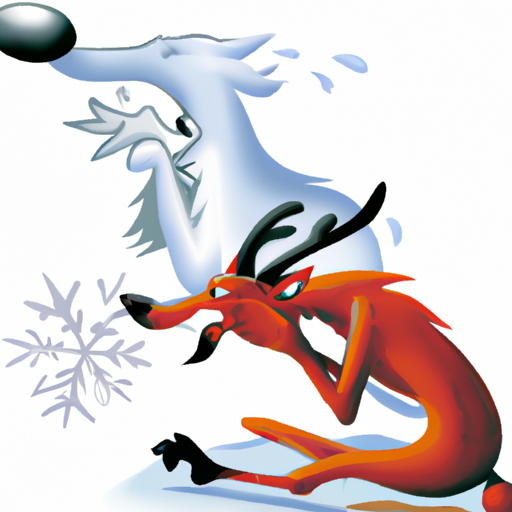 Introduction:
Introduction:
In the realm of horror movies, there exists a subgenre that taps into our primal fears—the fear of being hunted or attacked by animals. Since the early days of cinema, filmmakers have captivated audiences with spine-chilling tales of humans facing off against nature’s most ferocious creatures. This article delves into the fascinating world of “When Animals Attack” movies, exploring their origins, evolution, impact, and why they continue to captivate audiences worldwide.
Origin and Evolution:
When Animals Attack movies can trace their roots back to the early 20th century, with classics like “The Birds” (1963) and “Jaws” (1975) setting the stage for what would become a popular and enduring subgenre. These films capitalized on humanity’s inherent fear of the unknown and the uncontrollable power of nature. As technology advanced, filmmakers were able to create more realistic and terrifying animal-based horror movies, leading to a surge in popularity during the 1980s and 1990s.
Subgenres Within the Genre:
Within the broad spectrum of When Animals Attack movies, several subgenres have emerged, each focusing on different types of animals and settings. The most common subgenres include aquatic creatures (e.g., “Jaws,” “Deep Blue Sea”), predators in the wild (e.g., “The Grey,” “The Edge”), insects and arachnids (e.g., “Arachnophobia,” “Eight Legged Freaks”), and even domestic animals turned malevolent (e.g., “Cujo,” “The Birds”). These subgenres offer diverse narratives, allowing filmmakers to explore various aspects of fear and survival.
Impact on Pop Culture:
When Animals Attack movies have left an indelible mark on pop culture, influencing not only subsequent horror films but also other forms of media. These movies have spawned numerous sequels, spin-offs, and imitations, proving the enduring fascination with the subgenre. The iconic imagery of a dorsal fin cutting through the water or a swarm of birds descending upon unsuspecting victims has become deeply embedded in our collective consciousness.
Psychological Elements:
The success of When Animals Attack movies lies in their ability to tap into primal fears and evoke a sense of vulnerability. These films often explore themes of survival, isolation, and the fragility of humanity in the face of nature’s merciless wrath. By presenting animals as formidable adversaries, these movies force audiences to confront their deepest fears, fostering a cathartic experience within the controlled environment of a cinema.
Social Commentary:
Beyond their entertainment value, When Animals Attack movies have also served as a platform for social commentary. Many films have used animal attacks as allegories for larger societal issues or ecological concerns. For instance, “Anaconda” (1997) delves into the exploitation of the Amazon rainforest, while “The Swarm” (1978) highlights the dangers of chemical pesticides. These movies offer a unique way to engage audiences while raising awareness about real-world problems.
The Role of Special Effects:
Advancements in special effects have played a crucial role in the evolution of When Animals Attack movies. From the animatronic sharks of “Jaws” to the seamless CGI integration in films like “Life of Pi” (2012), technology has allowed filmmakers to create ever more realistic and terrifying animal encounters. These effects heighten the suspense and intensify the impact of the attacks, leaving audiences on the edge of their seats.
Conclusion:
When Animals Attack movies have become an enduring and beloved subgenre within horror cinema. By tapping into our primal fears and exploring our relationship with nature, these films offer a thrilling and cathartic experience. Whether it’s sharks, birds, or even household pets, these movies continue to captivate audiences, reminding us of the unpredictability and inherent dangers that lie in the animal kingdom. So, next time you find yourself watching one of these thrilling movies, brace yourself for a wild ride into the terrifying world of “When Animals Attack.”
